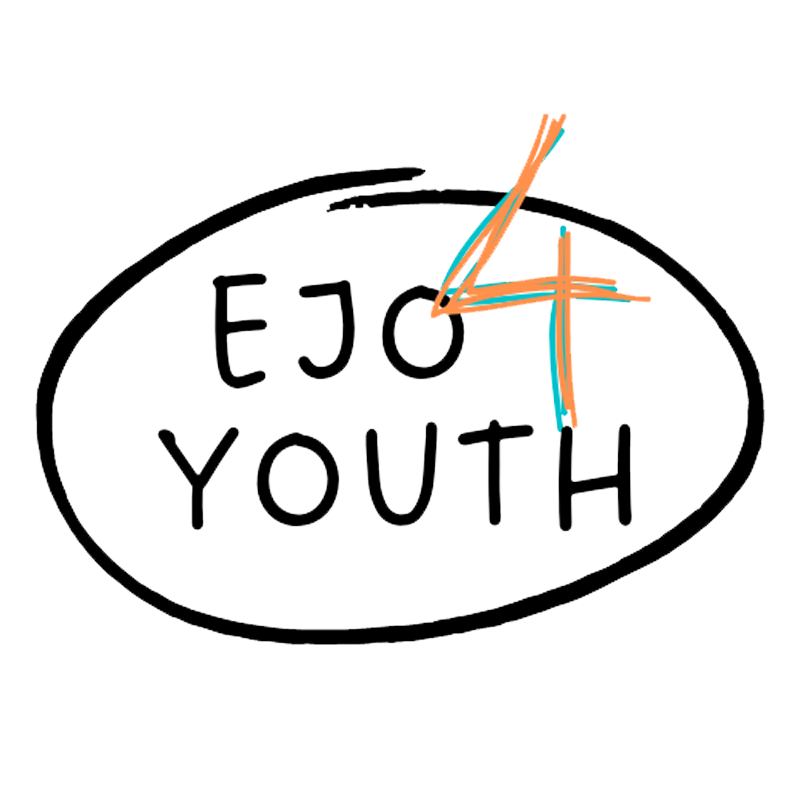SELF-LEARNING
Unit 4 – Planning Pathways
While the Resource- or Competence-based Pathways look back as a biographic method, the Planning Pathway method helps in planning the future.
This method is suitable for assisting clients in getting started and planning for future tasks, such as preparing for job interviews or job readiness. It can also help in improving daily routines and life habits.
Knowledge
Learners know how to
- work efficiently with the intervention “Planning Pathways”; use the materials to guide the client.
- take advantage of the versatility of the materials.
Skills
Learners are able to
- independently assist clients in defining their theme, question, goal or aim.
- encourage and help clients to work with the material to structure their plans within the context of time.
Competences
Learners have the competence to
- independently prepare and structure this method and use the materials accordingly for this intervention in order to guide the clients professionally through this process.
Planning Pathways
Using the “Planning Pathway” can assist clients to improve routines from the past; determine their current position; or to look forward to establish future life goals and visions. It is best for the client to decide whether they want to work on short, medium, or long-term goals.
Many young people can find it difficult to plan definite future goals and work out the steps required to get there. It may also be difficult to work out the schedule and order that the steps should take and to stick to a plan. The Planning Pathway can help with this process as through using the cards and the symbols a structured pathway can be created to help the client visualise and comprehend future goals.
As well as providing a structured plan, the client can change, add or remove the position of the cards or the symbols at any point. This provides flexibility and allows the client room for manoeuvre with their plan.
The period of time covered by each Planning Pathway is a matter of choice for the client – it can be one hour (e.g. preparing for an interview or presentation), one or more days (e.g. structuring leisure time), one week, one month, a school year or even the full length of an apprenticeship.
Another advantage of the Planning Pathway is that it provides choice and consideration of alternatives. Two or more scenarios can be visualised.
The materials
Symbols
For this method, you will need a set of symbols. We recommend a set of approximately 200 symbols to allow the client to choose more freely and find a good representing symbol for their interpretation. You can refer to the list of possible symbols you received in Unit 1.
Pathway Cards
The method includes time cards which feature different weekdays, months, or numbers and can be adapted towards the client’s timeframe for the future steps. It is up to the client to decide whether they want to work on short-term, mid-term, or long-term goals.
Process of counselling with the Planning Pathways
- Presentation
- Factual Questions
- Perception
- Interpretation
- Agreement and Action plan
Preparation
The session starts with the practitioner presenting the materials and the steps of the intervention. Afterwards the client should identify a goal or an aspect they want to work on during this session. For example, “I want to figure out the next steps of becoming a professional chef”.
Once they identified the goal, the practitioner and client agree on the time frame of the plans for their future. This should be adapted towards the goal setting and decides whether the session uses the cards for week days, numbered cards, or monthly cards.
Have you completed all the content of this unit? Please take a moment to review. Done? Please proceed to Unit 5.
For any open questions, please consult the Resource tab or contact your course leader.


